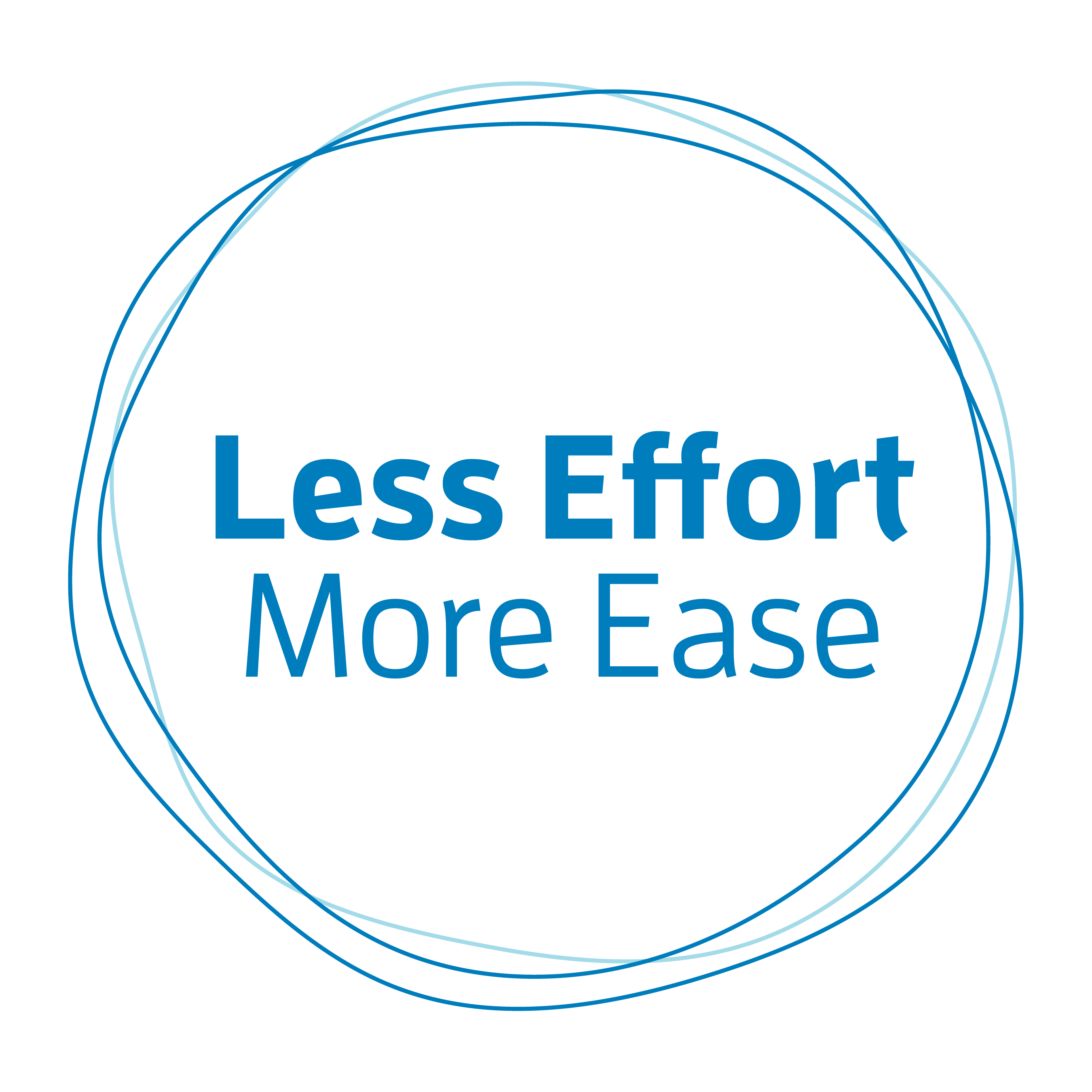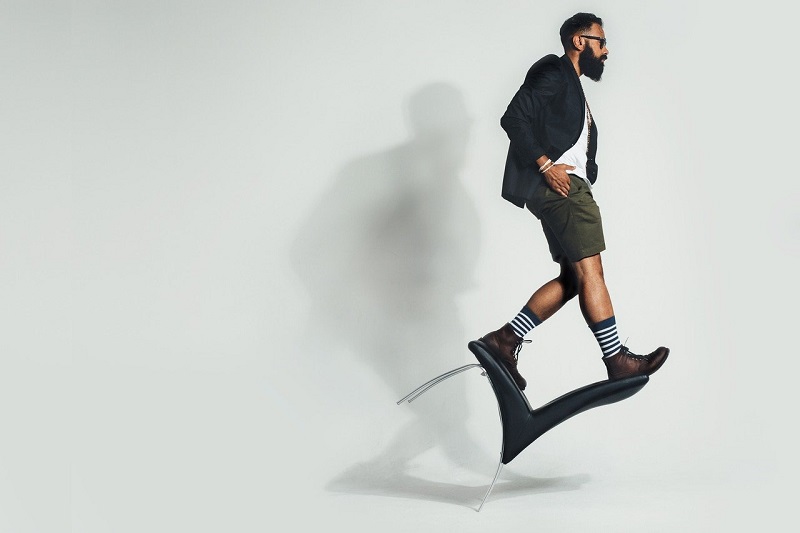Balance is one of those things you take for granted—until that one day when you notice it isn’t quite what it used to be.
Balance defined
What is balance exactly? Balance is a system that enables you to maintain your center of weight over your base of support—so you don’t topple over. Go ahead and stand up. Your base is outlined by your two feet on the ground.
Your balance is a system that takes in information from three main sources: your eyes (sight), inner ear (vestibular system), and proprioceptors (for our purposes just think of it as touch).
Embrace the sway
Balance is not a position to find and hold onto. Instead, it’s constantly adjusting. So, think of balance as movement, not a right or fixed position. If you stand and close your eyes, you’ll feel yourself gently swaying a bit. Go ahead and try it.
The sway you feel is your balance. And it’s OK. Don’t try to make yourself still at any cost by bracing. Let that gentle sway be there—even when you open your eyes. Instead of thinking of balance as a position or a noun think of it as a verb. Get used to balancING.
Start challenging your balance
I’m unsure when balance starts deteriorating but I have heard as early as age 40 and maybe even younger. It’s something you take for granted until you start noticing little things that tell you it isn’t as good as it used to be. But this isn’t all bad news. By continuing to challenge your balance you can keep it in shape as best you can as you get older.
Think of small kids and how they love to play on the jungle gym. When little kids pass by a low wall they can hardly resist jumping up and walking on the wall like a balance beam. They are developing their balance systems. As you get older it’s easier to get more sedentary. Not only does this make you weaker, which can affect balance, but sitting also does not challenge your balance. Get up and move as much as you can. And challenge your balance.
Here’s how
Most balance exercises involve making your base of support smaller. Think stand on one foot. Let’s explore this a bit.
Stand with your feet hip-width apart. First, realize that you are balancING when you’re standing on two feet. It’s just pretty stable because you have a wide base of support (outlined by your two feet).
Now make your base of support incrementally smaller:
-
- stand with your feet together underneath you and touching
- stand with one foot directly in front of the other (like you’re standing on a balance beam)
- stand on one foot
- stand on two feet but lift both heels so you’re on the balls of your feet
- stand on one foot on the ball of the foot
Each of these makes balance incrementally more challenging by shrinking your base of support.
Any of these challenges can be made easier by touching your fingertips to the wall, a countertop, or the back of a chair. You’ve just introduced more information to your brain through your sense of touch.
Any of these challenges can be made harder by closing your eyes. You’ve just taken away information you were getting through your sense of sight.
Take standing on one foot (or any of the above challenges). If it’s too difficult and you find your neck and shoulders, legs and buttocks are in a death grip trying to keep you from falling over, make it a bit easier. You want to find something to start with that’s challenging but not too challenging. For example, start on one foot with two fingertips on the counter. Progress to one fingertip on the counter. Then none.
If standing on one foot is too easy, make it a bit harder. Close your eyes with two fingertips on the counter. Progress to eyes closed with one fingertip on the counter. Then eyes closed with no fingertips on the counter.
You’ve just taken one balance challenge and by applying the principles above created six different, graduated challenges from the original one.
If you understand these fundamentals you can be creative and come up with all kinds of balance games for yourself. And play with your balance!
In your life, try finding simple ways to change up how you move. It’s easy to get into a rut. Simply walking across the grass at the park (uneven ground) will challenge your balance more than always walking on the flat path.
Trying different activities or varying an already established fitness routine will challenge your balance. Add a bit of (gentle) novelty to your movement to challenge your balance to adjust.
As you and I age we need to keep things tuned up. Your balance is no exception.
P.S. If you like this blog and are craving more information on moving better and feeling better sign up for my monthly e-newsletter. When you sign up you’ll get a free booklet with tips for exploring your posture (that has nothing to do with standing up straight and pulling your shoulders back. I promise!). And once or twice a month I’ll pop into your inbox with new ideas for you to experiment with. In addition, you’ll be the first to know about any upcoming events, local, or online.



